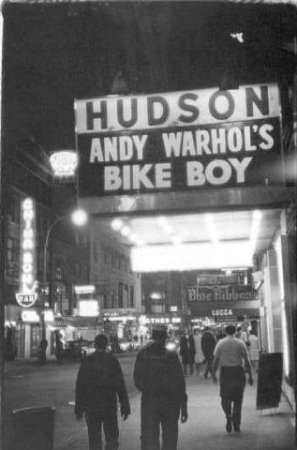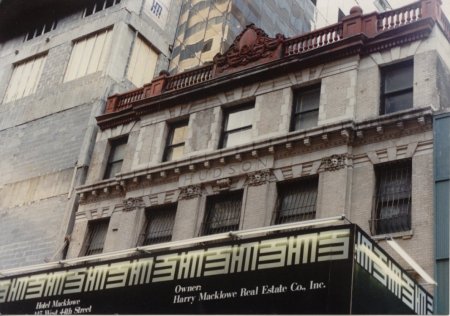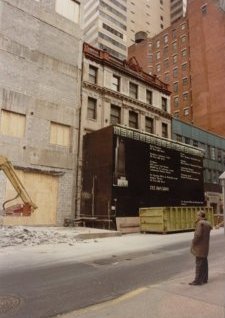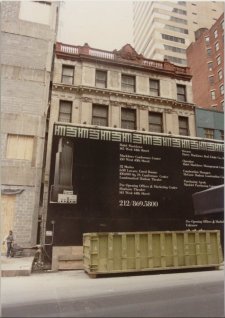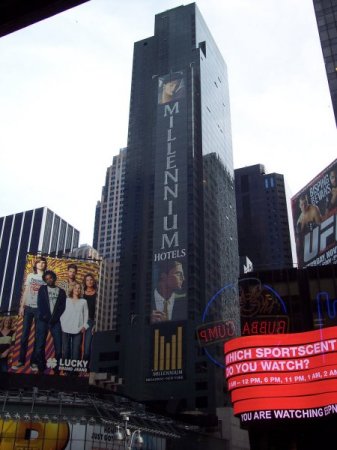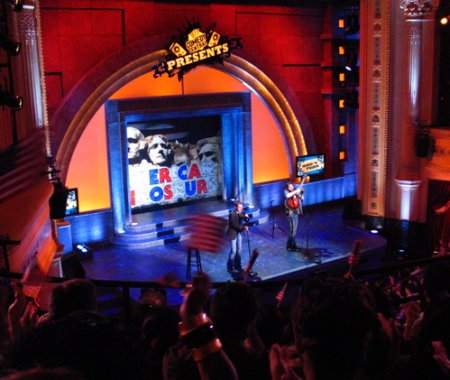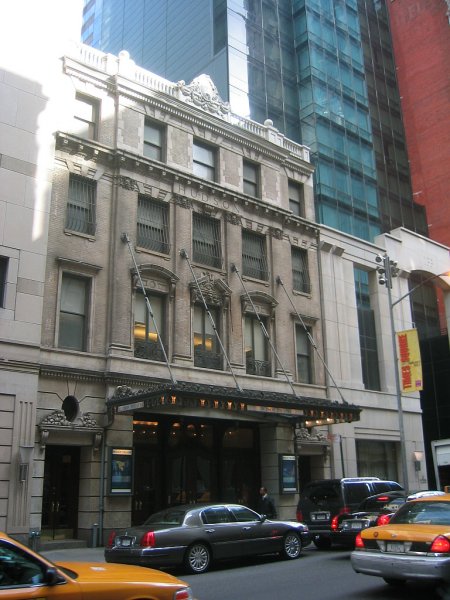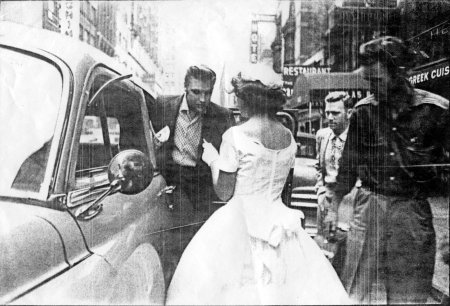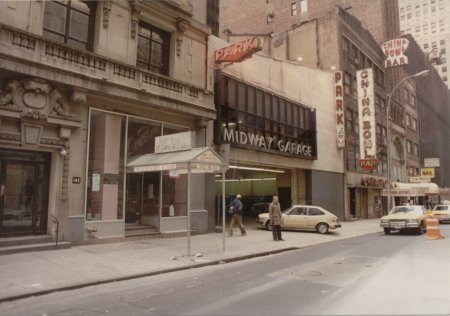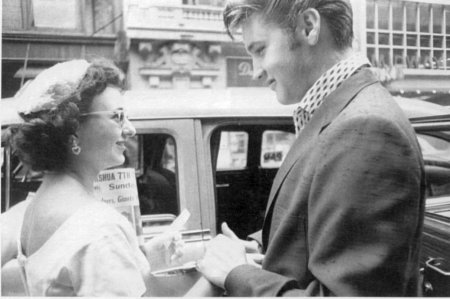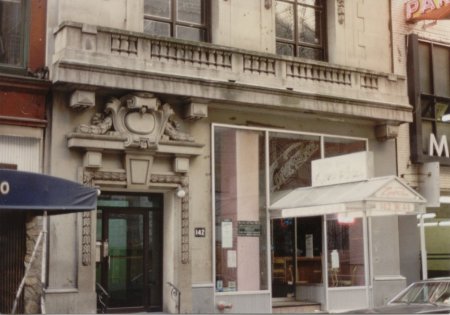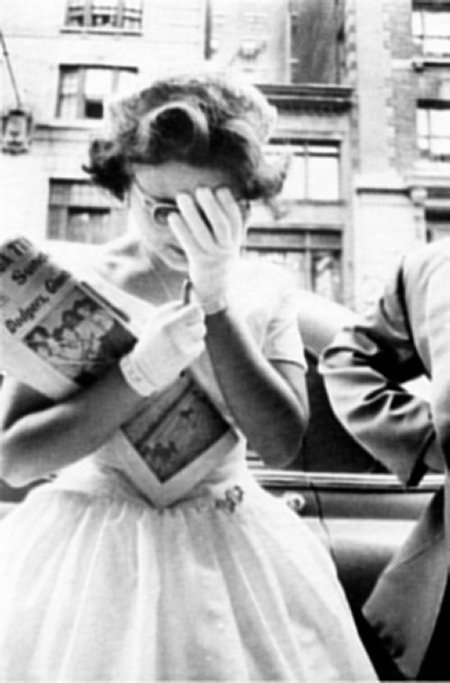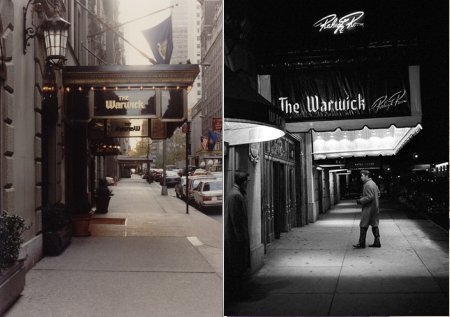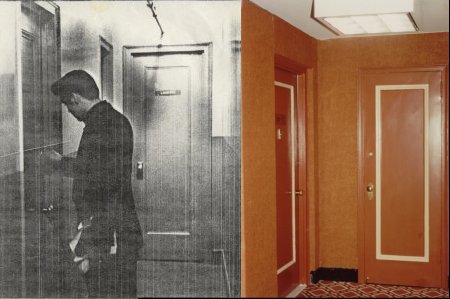 |
The Hudson Theater - New York, NY
Built by famous Broadway producer, Henry B. Harris, the Hudson Theatre is one of New York City’s oldest Broadway showplaces.1
The Hudson theatre, at 141 W. 44th Street, opened on October 19, 1903 with a production of Cousin Kate starring Ethel Barrymore. The New York Dramatic Mirror in an article later that month said, “The Hudson Theatre is to be numbered among the handsomest of the country.” Henry B. Harris and his partner George Heye commissioned J.B. McElfatrick and Co. to design their theatre and halfway through brought in Israels and Harder to complete the project.1
The theatre was the first to have patrons enter into the lobby on one street (44th) while the actors, technical staff, and sets entered another (45th). The 100-foot long lobby was the largest ever seen on Broadway at that time. Electricity was in New York City for only 20 years when the theatre was built so the designers took every opportunity to incorporate electric light into the architecture. The most spectacular of these electric features are the backlit stained glass ceilings in the lobby designed and manufactured by Tiffany.1
Built in a then-mostly residential neighborhood, the four-story theater, with its fairly simple Italian Renaissance style facade, was anything but simple inside. A mix of several styles popular around the turn-of-the-century, including Beaux-Arts, neo-classical, and neo-Renaissance, the Hudson was nothing short of stunning to its first patrons. The auditorium could seat about 1100, which included a pair of balconies and two sets of boxes on either side of the proscenium arch. The Hudson was liberally decorated with Roman-themed works, including friezes copied from Nero's Golden House and the Baths of Titus over the proscenium and lining the walls of the lobby, respectively. Also, Tiffany glass covered the dome of the lobby ceiling and also faced the upper boxes and lower balcony. Its black marble box office was decorated with bronze heads of the god Mercury as well as bronze trim around the window decorated in a floral theme.2
Architectural critics of the time were more impressed by the Hudson’s safety features than by its actual design. The New York Tribune noted that the theatre boasted 28 exits that not only guaranteed the safety of the patrons but also made for speedy egress after performances. One magazine wrote of the “nearly perfect” ventilation system that provided cooling and heating to meet the conditions of the weather and noted, “The building itself is fireproofed throughout…and a complete sprinkler system is an added precaution.” Harris bought out his partner in 1908 for $700,000.1 As fate would have it, Henry, and his wife Irene, (Miss Irene Wallach of Washington), were passengers on the Titanic. When the ship was sinking, Mr. Harris carried Mrs. Harris, who had been a victim of an accident the day before, fracturing her shoulder blade, from her cabin and placed her in, what was to be, the last lifeboat lowered. When Mrs. Harris saw her husband last, he was calmly waving goodbye to her from the deck of the Titanic.3
Four months after the Titanic tragedy, Irene Harris, decided she would make a go of running the theatre and became the first female theatrical producer in New York. She gave Barbara Stanwyck and Judith Anderson their first roles on Broadway in the late 1920’s. Other stars who headlined at the Hudson during her tenure included: Douglas Fairbanks, William Holden, Helen Hayes, Edward G. Robinson and Dorothy Gish. At the time the Hudson Theatre was considered one of New York’s most successful.1 With over 90 plays performed on the Hudson Theatre stage in 20 years, it was known as one of the finest playhouses in the city. One such play, Hot Chocolates in 1929 introduced the world to Louis Armstrong who stole the show with his rendition of "Ain't Misbehavin".5
In 1929 Mrs. Harris was offered $1,000,000 for the theatre and turned it down. She lost the theatre in 1933 in foreclosure. It was sold at auction for $100,000.1 The theatre has changed ownership 18 times to date and each new owner has added to its colorful history. Most notable the theatre had a life as a CBS radio studio in 1934. It was home to the CBS Radio Playhouse, which was broadcast to the 80 stations of the CBS radio network. It was New York’s most high tech studio of the time. Each broadcast played to a live audience of 1,100.1 By 1937, it had returned to use for legitimate theatre again, and a few years later, playwrights Russell Crouse and Howard Lindsay purchased the Hudson. In 1950, after a pair of successful long runs ("Arsenic and Old Lace" and "State of the Union") the theater was sold to NBC for use as a television studio.2 After years in radio, Steve Allen conceived a local New York talk-variety
TV program in 1953 for WNBT (now WNBC). This version of "The Steve
Allen Show", prior to moving to the NBC network and being renamed
"The Tonight Show." It was about 40 minutes long, and ran from
approximately 11:20 to midnight, followed by the WNBT
midnight movie which was plugged by Allen during his show.4
The following year the show moved to the Hudson and on September 27, 1954 the first nationwide broadcast of The Tonight Show starring Steve Allen, with fellow radio personality Gene Rayburn as the original announcer/sidekick, came from the Hudson Theatre. The show ran from 11:15 pm to 1:00 am on the East Coast. On that first show he gave the television audience a tour of the sets, auditorium and the new technology NBC had installed. Allen said on that first broadcast “we especially selected the Hudson Theatre because I think it sleeps about 800 people” which was met by a roar of laughter by the audience. It was as host of The Tonight Show that Allen pioneered the "man on the street" and audience-participation comedy bits that have become commonplace in late-night TV. In 1956, while still hosting Tonight, Allen added a Sunday-evening variety show.1
According to Scotty, Steve Allen was gunning for Elvis. Several weeks earlier, Allen told his audience that he had received requests to cancel Elvis' upcoming visit as a result of the protests that followed his performance on the Milton Berle Show. “As of now he is still booked . . . but I have not come to a final decision on his appearance," said Allen. "If he does appear, you can rest assured that I will not allow him to do anything that will offend anyone."6 These statements were likely made during one or more of his "Tonight Show" episodes in the weeks prior. On June 21, 1956 it was reported in the NY Times that Steve Allen has decided to go ahead and use Elvis Presley as a guest on his new Sunday night N.B.C.-TV program on July 1. The comedian says the singer will be presented in a dignified manner and will not repeat the gyrations that led to widespread criticism after Mr. Presley's recent appearance on the Milton Berle program.7 Allen's solution was to have Elvis, dressed in a tuxedo, sing “Hound Dog" to a basset hound. The way Allen figured it, Elvis could hardly gyrate his pelvis if his audience was a dog. Elvis gamely went along, giving what certainly had to be one of the most excruciating performances of his career.6 |
|
‘New’ Elvis Presley
Newsweek magazine criticized Allen and came to Elvis' defense, . .
. Live and let live—that is how most of us boys in the upper crust of
sociology look at it. Nonetheless, we all watched with interest last
week when one of our number, Steve Allen (who has his own show, as we
say in the scientific game}, made a public attempt to neutralize, calm,
or de-twitch Elvis Presley, the lively singer ....
On July 3rd, the Times reported the actual ratings. N.B.C.-TV's Steve Allen toppled C.B.S.-TV's Ed Sullivan in the hotly contested 8 to 9 P. M. time period last Sunday. Mr. Allen, who featured Elvis Presley, singer, scored a Trendex rating of 20.2 as against Mr. Sullivan's 14.8. The former attracted 55.3 per cent of the viewing audience and the latter drew 39.7 per cent. It was N.B.C.'s best showing since May 30, 1954. During the 1955-1956 season, N.B.C. surpassed Mr. Sullivan only three times.10 The show managed to beat out Sullivan's in spite of the number of high profile guests that appeared that night which included John Huston, Jose Ferrer, Orson Welles, Lauren Bacall, Edward G. Robinson, Vincent Price, Burl Ives and even Gregory Peck reenacting scenes from his upcoming film "Moby Dick."
Time magazine told of Ed Sullivan's initial reaction when they wrote, When NBC's Steve Allen decisively beat CBS's Ed Sullivan a fortnight ago in the battle for TV`s Sunday-at-8 audience .... the burning question among television's hucksters Was:/ Who had done it. Allen or his guest Star Elvis ("The Pelvis") Presley? Sullivan, in the unaccustomed position of runner-up, affected disdain for the Pelvis, snorted that he would not have the gyrating groaner at any price on his family-type program. "He is not my cup of tea." Sullivan said loftily ....11
But even before the Time magazine article made it to press Sullivan was forced to reconsider, though he would eventually employ another form censorship filming him from the waist up.
Singer to Appear on 3 C.B.S. Shows, Beginning Sept. 9, Reportedly for $50,000 Ed Sullivan joined the crowd beating a path to Elvis Presley's agent yesterday. He completed arrangements to have the vocalist appear on three of his Sunday evening shows. The host of the Columbia Broadcasting System show boosted Mr. Presley’s stock in more ways than one. The three engagements will reportedly pay a total of $50,000. Two weeks ago, when the singer appeared on Steve Allen's competing program he was credited with having helped the National Broadcasting Company's ratings make one of its rare spurts past Mr. Sullivan’s showing. He was said to have received $5,000 or $5,500 at that time. Mr. Presley became the center of controversy after his appearance last month on Milton Berle’s show, also on N. B. C.-TV last month. The use of bodily contortions in projecting his tunes was considered to be in bad taste by some critics and a number of viewers. However, his appearance on the Allen show was relatively placid, to the satisfaction of his critics and the discontent of his admirers. In announcing the transaction, Mr. Sullivan said that he had received thousands of letters from teen-agers asking him to have the singer on his show. He said that he had never seen Mr. Presley until recently when he saw a kinescope of the vocalist’s appearance on Tommy and Jimmy Dorsey's "Stage Show" telecast and found nothing objectionable. Mr. Presley will make his first stand on the Sullivan show on Sept. 9 and the two others at about eight-week intervals.12
Later in the summer, Allen himself came to Elvis' defense in an interview with TV Guide: "Opinions may vary as to the scope of his talent and the duration of his popularity, but I happen to think that he is a very solid performer, and will be around a lot longer than his detractors think."6 Allen won some of the ratings battles with Sullivan, but he ultimately lost the war. He remained host of the Tonight Show until leaving in 1957. Later in the year the Tonight show returned with Jack Paar at the helm. In 1959 NBC moved The Steve Allen Show to Monday nights. The following year, it went to ABC for a fourteen week run. In 1961 Allen renamed the program The Steve Allen Playhouse and took it into syndication where it ran for three years. Allen amassed a huge windfall for his work because he had opted to be paid in Polaroid stock.1 The Allen programs helped nurture the careers of singers Steve Lawrence and Eydie Gorme and Sammy Davis, Jr. Allen also provided a nationwide audience for his famous "man on the street"— comics such as Ernie Kovacs, Pat Harrington, Jr., Don Knotts, Louis Nye, Bill Dana, Dayton Allen, and Tom Poston. Barbara Streisand appeared on television for the first time on the Jack Paar Show, which was broadcast from the Hudson Theatre.1
In 1959, after it decided to move its operations to Los Angeles, NBC spent over $100,000 restoring the Hudson Theatre to its original appearance, and it was given back over to legitimate theater, though the network continued to own the theater until 1962.2 Burlesque took over the Hudson Theatre in 1965 just 10 years after a New York court lifted the ban on the bawdy entertainment. The new owners assured the public that their show was one that “no one will be ashamed to bring his wife, his girl, or his mother to see.”1
The Hudson again briefly returned to legitimate theatre before it became a movie house in 1968. Films of all types were presented here. Admission was only $1.00.1 1968 was when it was acquired by the Avon chain of pornographic theaters, which continued to run it until 1976, as the Avon-at-the-Hudson. After adult fare, the theater became just another second-run house, but only briefly, since by the end of the decade, it was closed.2
In 1975 another developer tried to buy the theatre for yet another parking garage but the plan fell through. The theatre was vacant for 5 years and then purchased by rock promoter Ron Delsner to become the Savoy Rock Club. Reopened in 1980 after a remodeling as the Savoy, a nightclub and venue for rock concerts, it never became popular and closed after a few years. During the mid-1980's, the stage was used by developers to hold a full-sized model of a luxury condominium for a short time. Delsner and his partner could not make a go of their club so Delsner sold out to his partner who in turn sold the theatre to developer Harry Macklowe.1
Macklowe purchased the theatre for its valuable air rights that would give him the ability to build the 52 story Macklowe Hotel and Conference Center.1 Fortunately for the Hudson Theatre, in 1987, the Landmarks Commission declared both its interior and exterior a landmark, thus when the hotel was built next door to the theater in 1989, it could not be razed.2
Macklowe had it refurbished to its 1903 appearance and it became an elegant special events space for the hotel and has hosted many galas, productions, product launches and weddings for hotel patrons. The Hudson Theatre is now operated as the Millennium Broadway Hotel, Millennium Conference Center, Restaurant Charlotte, and Hudson Theater.1
In recent years, the theatre has hosted a wide range of events and meetings including product launches by Microsoft; American Idol auditions; NBC’s Last Comic Standing; and Bill Maher’s “Victory Begins at Home” show, which was broadcasted on HBO.1
page added November 13, 2008 All New York Times articles and ads are courtesy Andover Public Library.
1 excerpt from Hudson
Theater Document for the Book
Industry Standard Group
On July 1, 1956 a fan and her father got to the Hudson at 6 a.m. in hopes of getting to see Elvis.
After a four hour wait Elvis arrived and she got an autograph.
While in New York to record and to perform on the Steve Allen Show, Elvis stayed at the Warwick Hotel.
From his hotel room after the show he was interviewed on the Hy Garder Calling show. Though the Hotel is still there, several rooms since 1956 were combined from two into one, including the one Elvis stayed in.
|
|
|
All photos on this site (that we didn't borrow) unless otherwise indicated are the property of either Scotty Moore or James V. Roy and unauthorized use or reproduction is prohibited. |
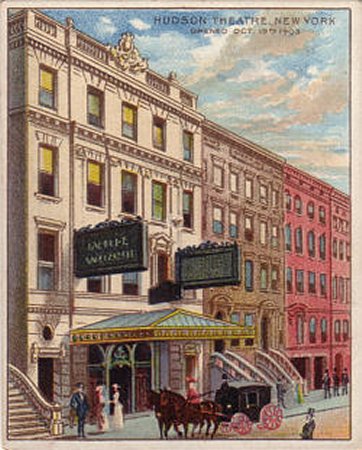


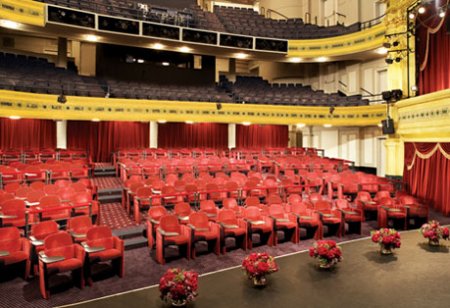
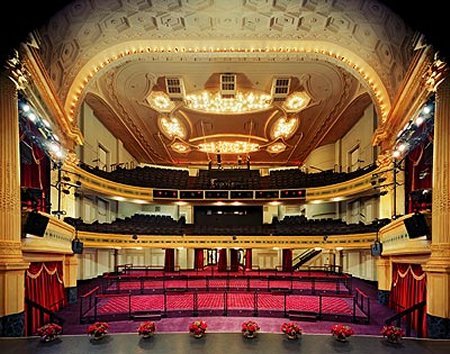
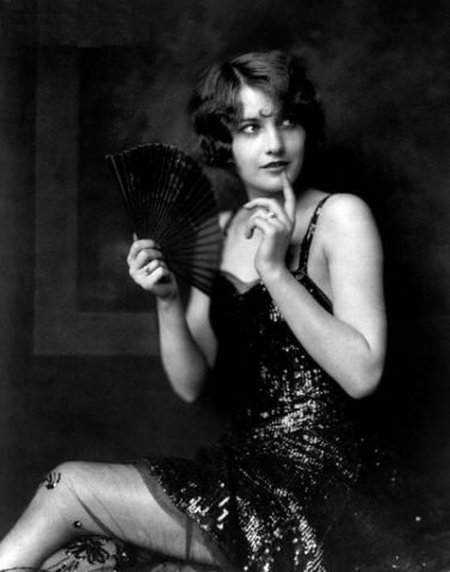
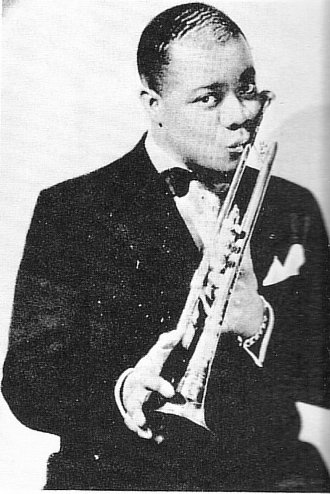
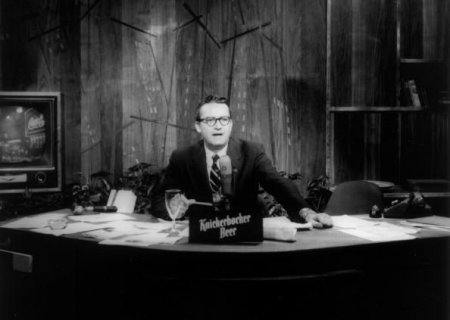
 One of the most famous ratings wars in television history began on
June 24, 1956. That night NBC debuted The Steve Allen Show opposite the
eighth anniversary program of what had become a television institution,
The Ed Sullivan Show on CBS.1 Elvis
was booked for Allen's second show, on July 1st. Coincidentally,
Andy Griffith, who they had
One of the most famous ratings wars in television history began on
June 24, 1956. That night NBC debuted The Steve Allen Show opposite the
eighth anniversary program of what had become a television institution,
The Ed Sullivan Show on CBS.1 Elvis
was booked for Allen's second show, on July 1st. Coincidentally,
Andy Griffith, who they had 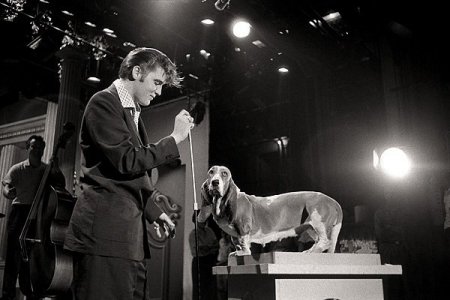
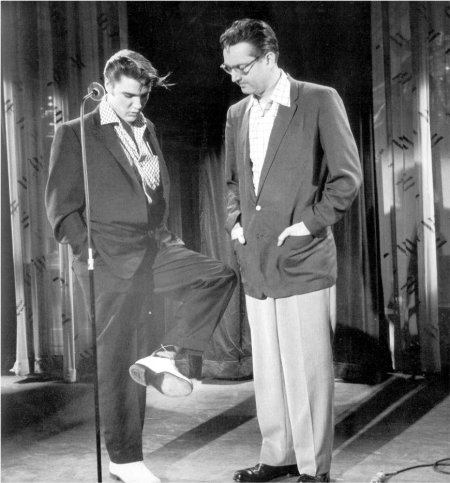
 A
brief review in the next day's Times had not yet realized the impact of
Elvis' appearance on the show.
A
brief review in the next day's Times had not yet realized the impact of
Elvis' appearance on the show.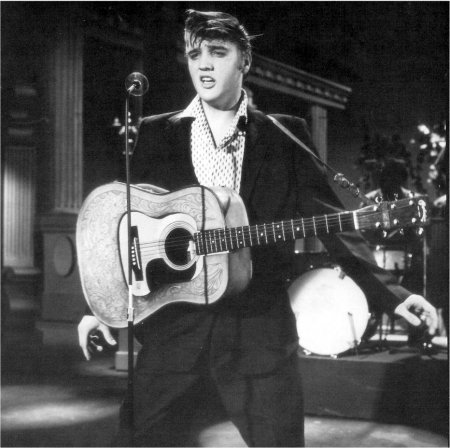
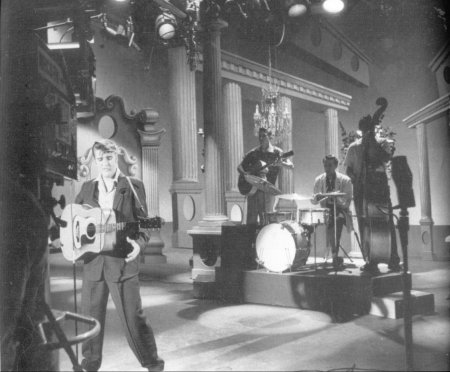
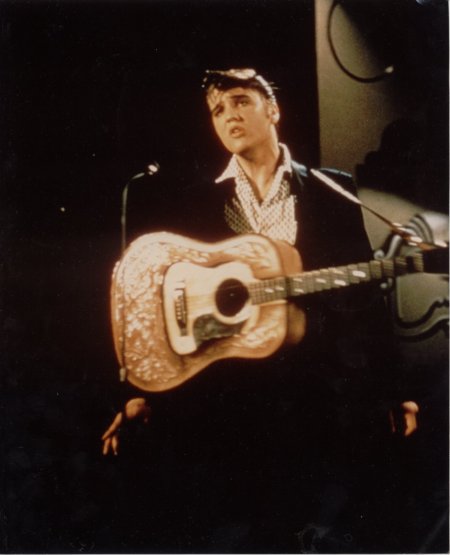
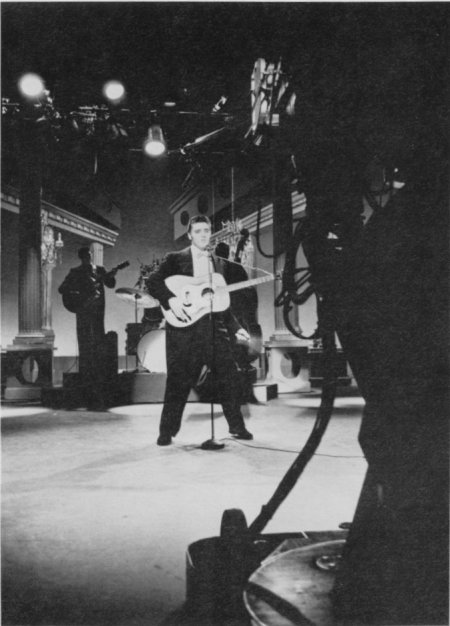
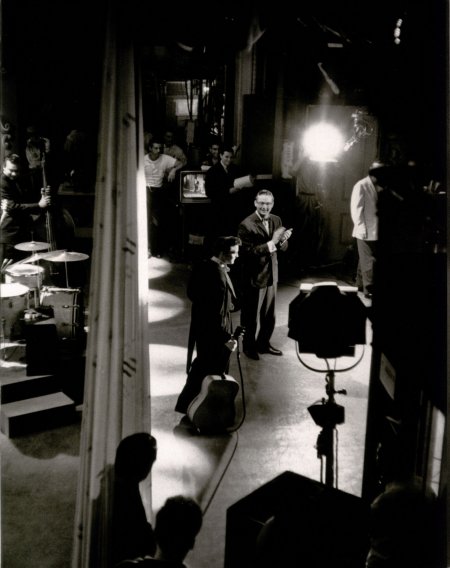
 PRESLEY
SIGNED BY ED SULLIVAN
PRESLEY
SIGNED BY ED SULLIVAN
